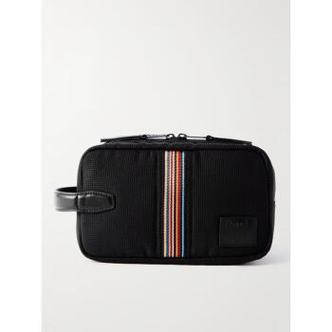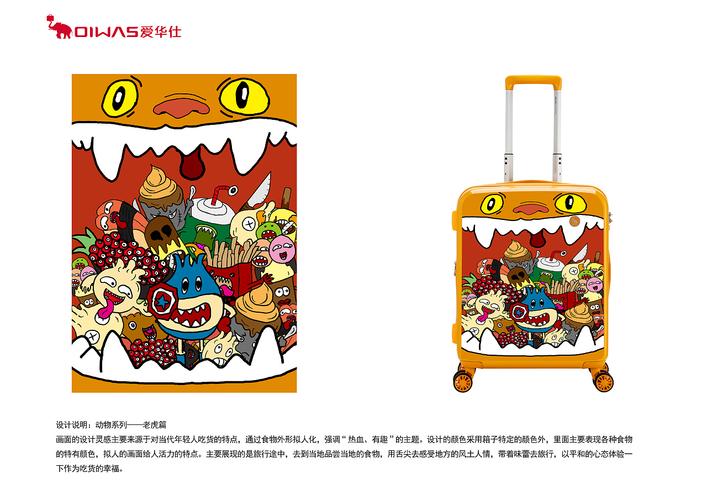Title: Exploring Global Luxury Goods Procurement Strategies
In the realm of luxury goods procurement, the discerning buyer navigates a complex landscape of craftsmanship, exclusivity, and global markets. ONE, as a prominent player in this sphere, can optimize its procurement strategies by considering various factors. Let's delve into key considerations and recommendations for ONE's global luxury goods procurement:
Understanding Market Dynamics:
1.
Market Analysis:
Conduct comprehensive market research to understand trends, consumer preferences, and competitor strategies across different regions.2.
Supply Chain Assessment:
Evaluate the reliability and sustainability of the supply chain, ensuring adherence to ethical and environmental standards.Localization vs. Globalization:
1.
Localized Sourcing:
Explore opportunities to source materials and products locally to support regional artisans and reduce carbon footprint.2.
Global Partnerships:
Forge strategic partnerships with global luxury brands to access exclusive products and leverage their established supply chains.Supplier Relationship Management:
1.
Longterm Partnerships:
Cultivate longterm relationships with suppliers based on trust, transparency, and mutual benefit.2.
Collaborative Innovation:
Collaborate with suppliers to drive innovation in product design, materials, and manufacturing processes.Risk Mitigation Strategies:
1.
Diversification:
Diversify the supplier base to minimize dependency on a single source and mitigate geopolitical and economic risks.2.
Contingency Planning:
Develop contingency plans to address potential disruptions in the supply chain, such as natural disasters or geopolitical conflicts.Technology Integration:
1.
Digital Platforms:
Leverage digital platforms for procurement activities, such as online auctions or eprocurement systems, to streamline processes and enhance efficiency.2.
Data Analytics:
Harness the power of data analytics to gain insights into consumer behavior, demand forecasting, and inventory management.Sustainability and Corporate Social Responsibility (CSR):
1.
Ethical Sourcing:
Prioritize suppliers who adhere to ethical labor practices and environmental sustainability standards.2.
CSR Initiatives:
Implement CSR initiatives within the supply chain, such as fair trade practices and community development projects, to enhance brand reputation and stakeholder trust.Cost Optimization:
1.
Value Engineering:
Explore opportunities for value engineering to optimize costs without compromising quality or brand image.
2.
Negotiation Strategies:
Develop robust negotiation strategies to secure favorable pricing terms while maintaining strong relationships with suppliers.Continuous Improvement:
1.
Performance Measurement:
Establish key performance indicators (KPIs) to monitor supplier performance and identify areas for improvement.2.
Feedback Mechanisms:
Implement feedback mechanisms to solicit input from stakeholders and incorporate lessons learned into procurement processes.By adopting a holistic approach that combines market intelligence, supplier collaboration, technological innovation, and a commitment to sustainability, ONE can elevate its global luxury goods procurement practices and reinforce its position as a leader in the luxury market.











